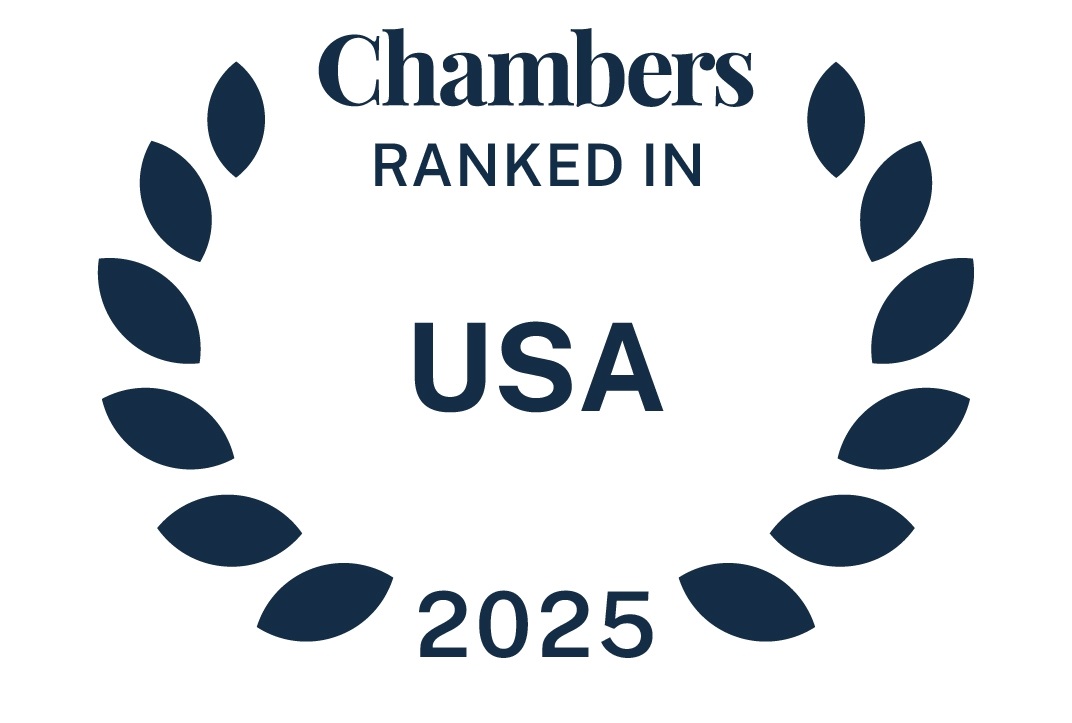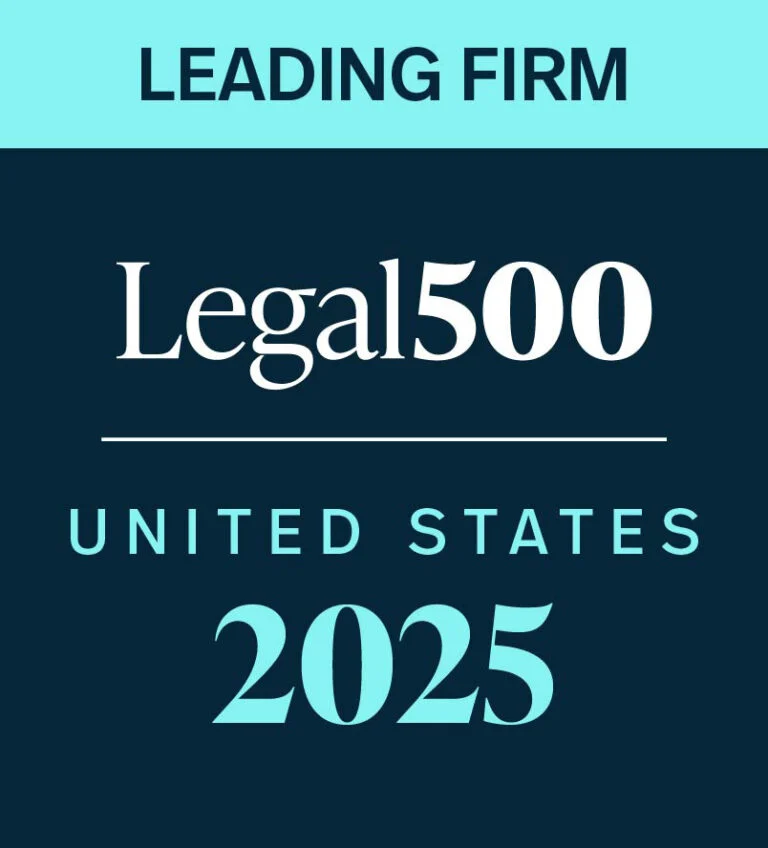This month has seen significant changes in the landscape of federal leadership and the changes have now reached the Federal Trade Commission (FTC). On January 13, current Chair Edith Ramirez announced that she would resign from her position effective February 10, 2017. This Wednesday, January 25, the new administration designated Maureen Ohlhausen as Acting Chair. Ohlhausen, a Republican, was one of two remaining commissioners at the agency, along with Democrat Terrell McSweeny.
Ramirez served as a commissioner since 2010 and chair since early 2013 by designation of fellow Harvard Law Review member, President Obama. She spent her early career as a litigator with Quinn Emanuel and focused on antitrust, unfair competition and Lanham Act work. From the beginning of her tenure as chair, Ramirez developed a reputation as a hard-working and effective leader who was experienced, even-handed and not afraid to bring mergers to court. As a Latina and the daughter of Mexican immigrants, Ramirez was the first member of an ethnic minority to oversee the agency. During her tenure, she also secured a number of high-profile wins for the commission.
Ohlhausen has been a commissioner since 2012, though she started at the FTC’s General Counsel’s Office back in 1997. She has also worked as an advisor to former FTC Commissioner Orson Swindle and has been Deputy Director and then Director of the Office of Policy Planning. Ohlhausen stated at a Heritage Foundation antitrust conference this month that “all signs point to a new antitrust policy.” She discussed narrowing the scope of “Second Requests” in merger reviews by making them more targeted and therefore less burdensome. She also expressed a priority of greater protection for intellectual property rights, complaining that the agency has been too quick to accuse standard essential patent (SEP) holders of anticompetitive behavior when suing to defend their rights.
Meanwhile, the new administration’s position on merger activity hasn’t been clear. While in October 2016, Donald Trump described the AT&T-Time Warner deal as “a deal we will not approve in my administration because it’s too much concentration of power in the hands of too few,” and said that Comcast’s acquisition of NBC Universal “concentrates far too much power in one massive entity that is trying to tell the voters what to think and what to do,” he has subsequently chosen advisers on telecom and antitrust issues who appear to apply traditional antitrust analysis that is more merger-friendly than the prior administration.
Republican and Former Commissioner Joshua Wright leads the new administration’s transition of the FTC. The incoming administration will need to find three new commissioners for the five-member panel. At least one of the three must be a Democrat. The new appointments will be very important to follow for clients considering mergers in the near future.
read more


 Subscribe
Subscribe
